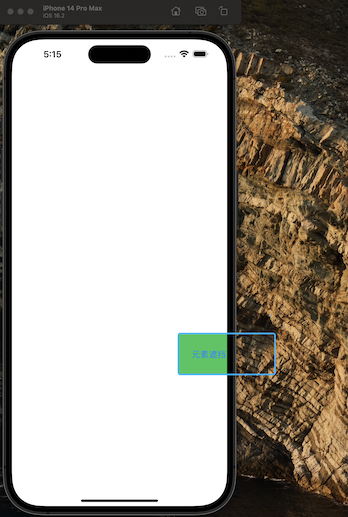1. What is exposure?
1.1. Common exposure
In the process of operation, if a customer views a banner, a row in a list page, a small column or card in a page, it is called exposure of this banner, list row, small column or card.
1.2. Exposure we mentioned
When a view element goes from invisible to visible and meets certain conditions (visible ratio, effective stay duration), we call it exposure of this view element.
2. Term Definition
The definition above explains our exposure, and there are several key terms that need to be explained below.
2.1. View Element
On the user interface (UI), the buttons, labels, images, etc. that we often see are views. So we call these common elements (buttons, labels, images, etc.) view elements.
2.2. Visible Ratio
The area of the view element within the visible area / the area of the view element itself

In the above image, the green area represents the area of the view element within the visible area (phone screen), and the blue box represents the area of the view element itself.
Considering performance issues, when calculating the visible ratio of Sensing, occlusion scenes are not taken into account.
2.3. Effective Stay Duration
The time period during which a view element goes from invisible to visible, meets the visible ratio, and remains visible. Let's take an example below to illustrate:

In this case, the effective residence time is calculated from time C, and at time D, the effective residence time is D-C. Now look at this situation

When arriving at time C, the calculation of effective dwell time begins. However, when arriving at time D during the journey, the visibility ratio is no longer satisfied, and the effective dwell time is not calculated. When arriving at time E and the visibility ratio is met again, the calculation of effective dwell time restarts. When arriving at time F, the effective dwell time is F - E.
2.4. Repeated Exposure
Within the same page, when a view element is exposed multiple times without changing tags (in App and Web, this refers to what we commonly call Tabs), it is considered as repeated exposure. For example, when scrolling back and forth on a certain page, the 10th row element of a list will trigger repeated exposure. However, if the 10th row element of the list is exposed and then the page is switched to another one, when returning to the list, the exposure of the 10th row element does not count as repeated exposure because the page has been changed, which does not meet our definition of repeated exposure.
 Popular Searches
Popular Searches


